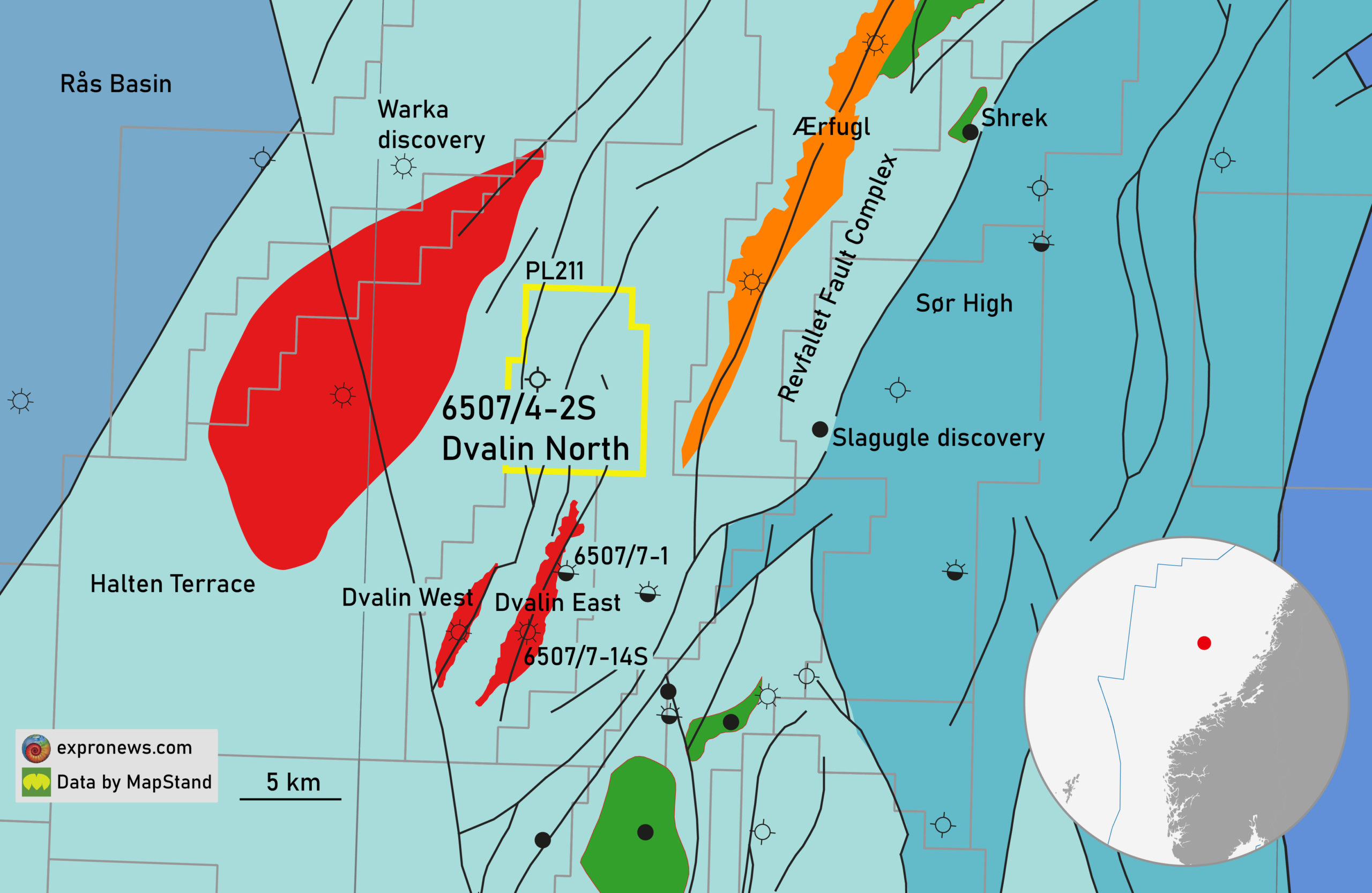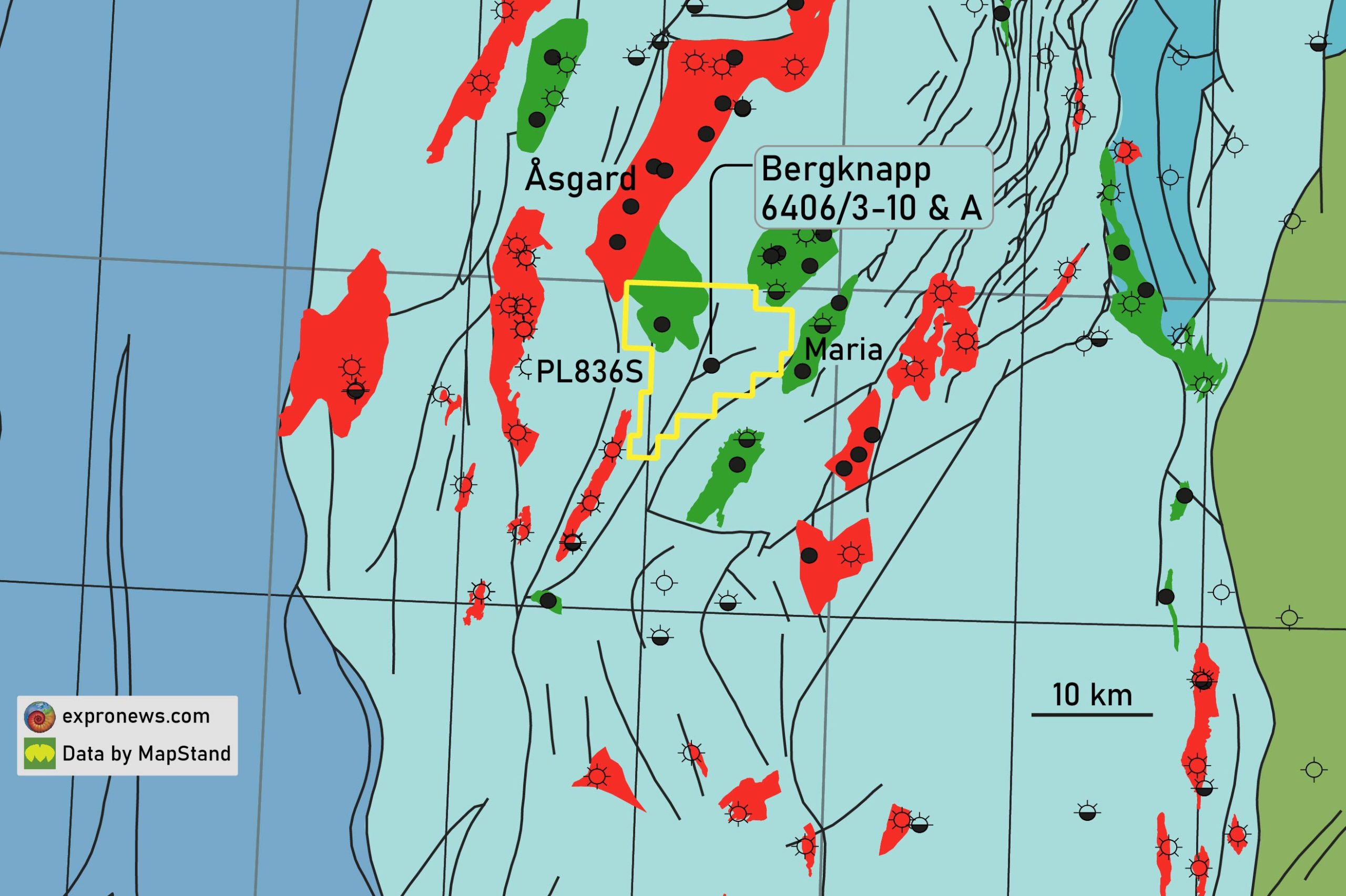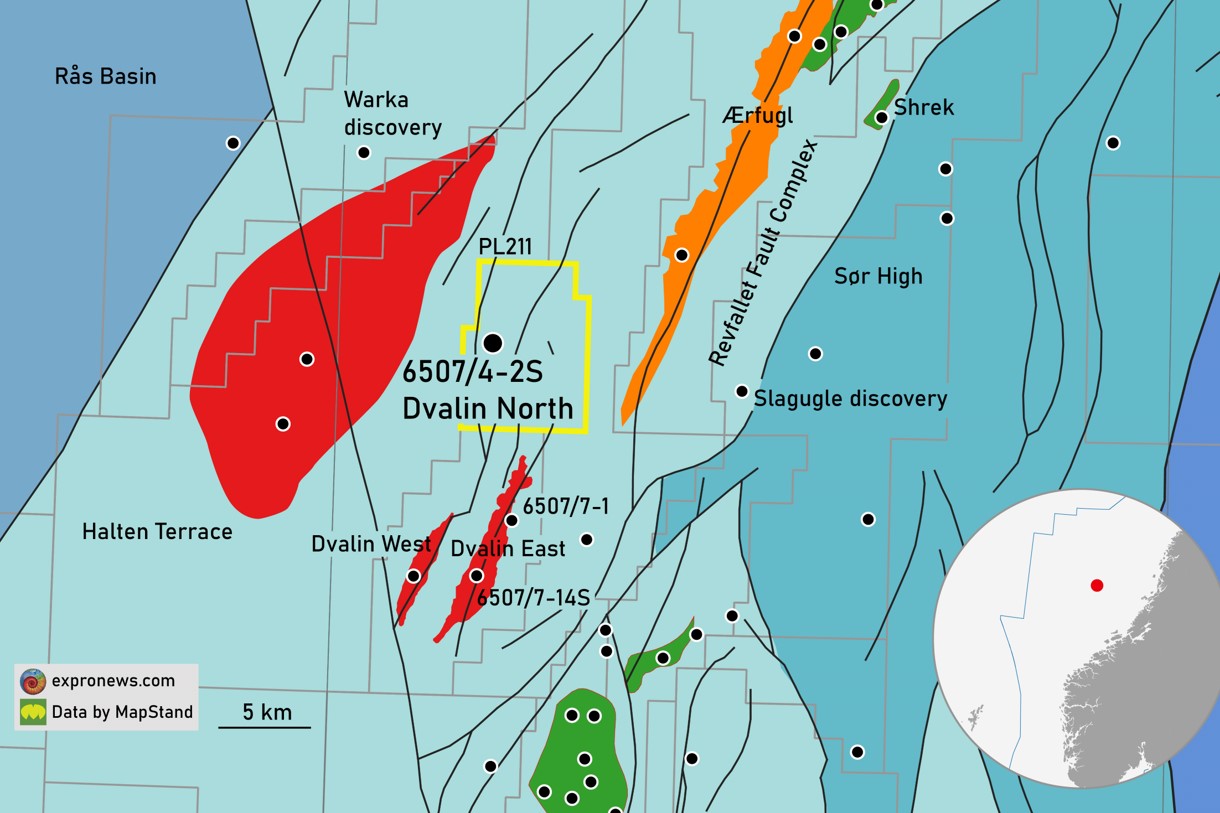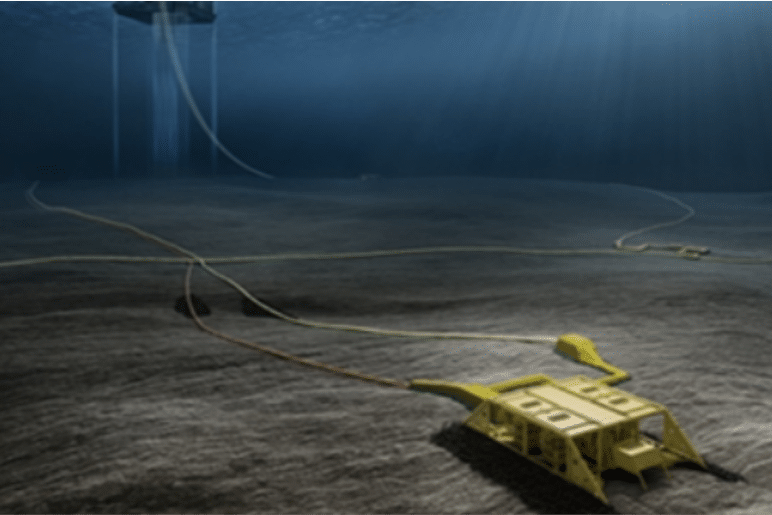The primary exploration target of well 6507/4-2 S, drilled by Wintershall Dea and partnered by Petoro (35%) and Sval Energi (10%), was to prove petroleum in Middle Jurassic reservoir rocks (the Garn Formation). The secondary exploration target was to prove petroleum in two reservoir levels from the Late Cretaceous, in the Lysing and Lange formations.
The well encountered a gas column totalling 85 metres in the Garn Formation, of which about 60 metres consist of sandstone of moderate to poor reservoir quality. The gas/water contact was not encountered. The preliminary calculation of the size of the discovery in the Garn Formation is between 31 and 69 MMboe recoverable.
In the first secondary exploration target in the Cretaceous, the well encountered a 33-metre gas/condensate column in the upper part of the Lysing Formation, containing multiple sandstone layers totalling about 15 metres with moderate to good reservoir properties. The gas/water contact was proven at 2,883 metres below sea level.
The preliminary calculation of the size of the discovery in the Lysing Formation is between 19 and 31.5 MMboe recoverable.
In the second secondary exploration target in the Cretaceous, the well encountered four petroleum-bearing sandstone intervals in the Lange Formation. The two highest intervals have gas columns of 24 and 48 metres, respectively, containing sandstone layers totalling 9 and 11 metres, respectively, with moderate reservoir properties. No gas/water contacts were proven.
The two bottom sandstone intervals have oil columns of 23 and 19 metres, respectively, containing sandstone layers totalling 8 metres in each interval, with poor reservoir properties. No oil/water contacts were proven. The preliminary calculation of the size of the discovery in the Lange Formation is between 19 and 57 MMboe recoverable.
Well 6507/4-2 S was drilled to vertical and measured depths of 4,398 and 4,453 meters, respectively, below sea level, and was terminated in the Lower Triassic Ror Formation.





